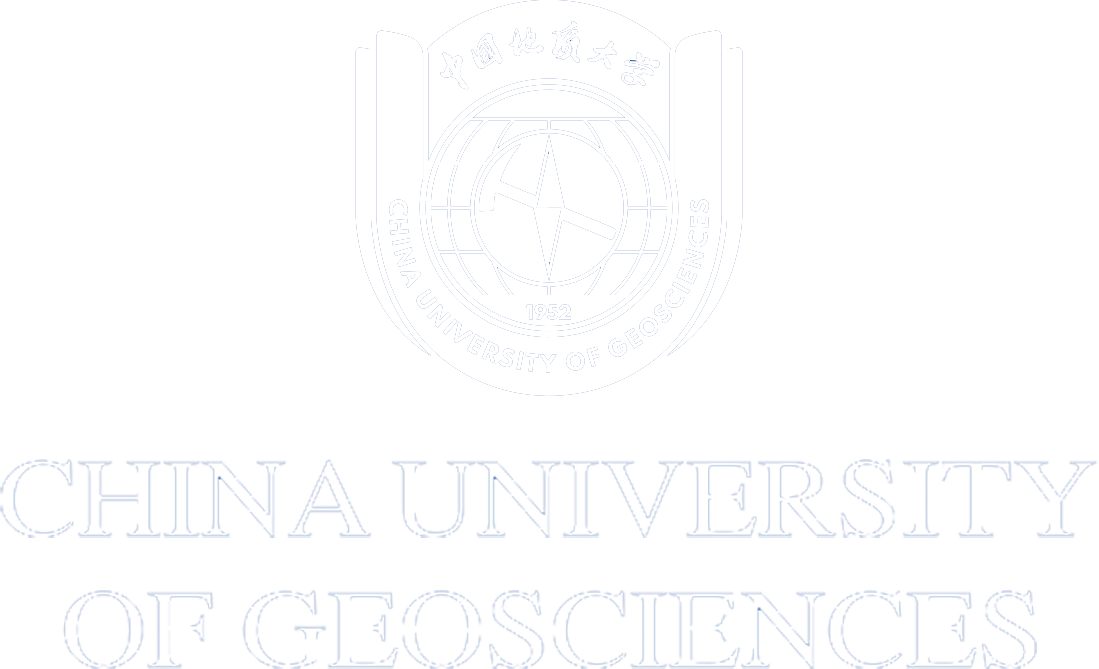The present-day lithospheric architecture of modern and ancient orogens can be imaged by geophysical techniques. For ancient orogens, unravelling their architecture at the time of formation is hindered by later tectono-magmatic events. In this paper, we use spatial variations in radiogenic isotopic compositions of Late Triassic magmatism from the Yidun Terrane, eastern Tibetan Plateau, to establish its lithospheric architecture during the Triassic. Comprehensive geochemical and isotopic data of Late Triassic magmatic rocks from four transects across the Yidun Terrane document eastward enrichment in whole-rock Nd, Sr, and zircon Hf isotopic compositions. Mafic and felsic rocks of major plutons show coherent and nonlinear trends in the Zr and P2O5 systematics and have limited variation of isotopic compositions. This indicates that Late Triassic magmatic differentiation was dominated by fractionation of mantle-derived mafic magmas. The spatial isotopic trends result from changing mantle sources, including variable contributions of isotopically depleted asthenospheric mantle and isotopically enriched subcontinental lithospheric mantle (SCLM) to magma sources. The spatial variation of mantle sources suggests a westward thinning of the SCLM during the Triassic. We propose that this architecture is most likely associated with eastward subduction of oceanic lithosphere of the Jinshajiang Ocean located at the west of the Yidun Terrane, immediately prior to the Late Triassic magmatism.
Article link: https://doi.org/10.1130/B35778.1




 Address
Address
 E-Mail
E-Mail
 Telephone
Telephone